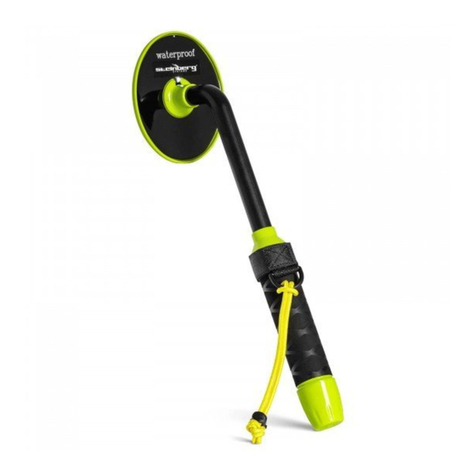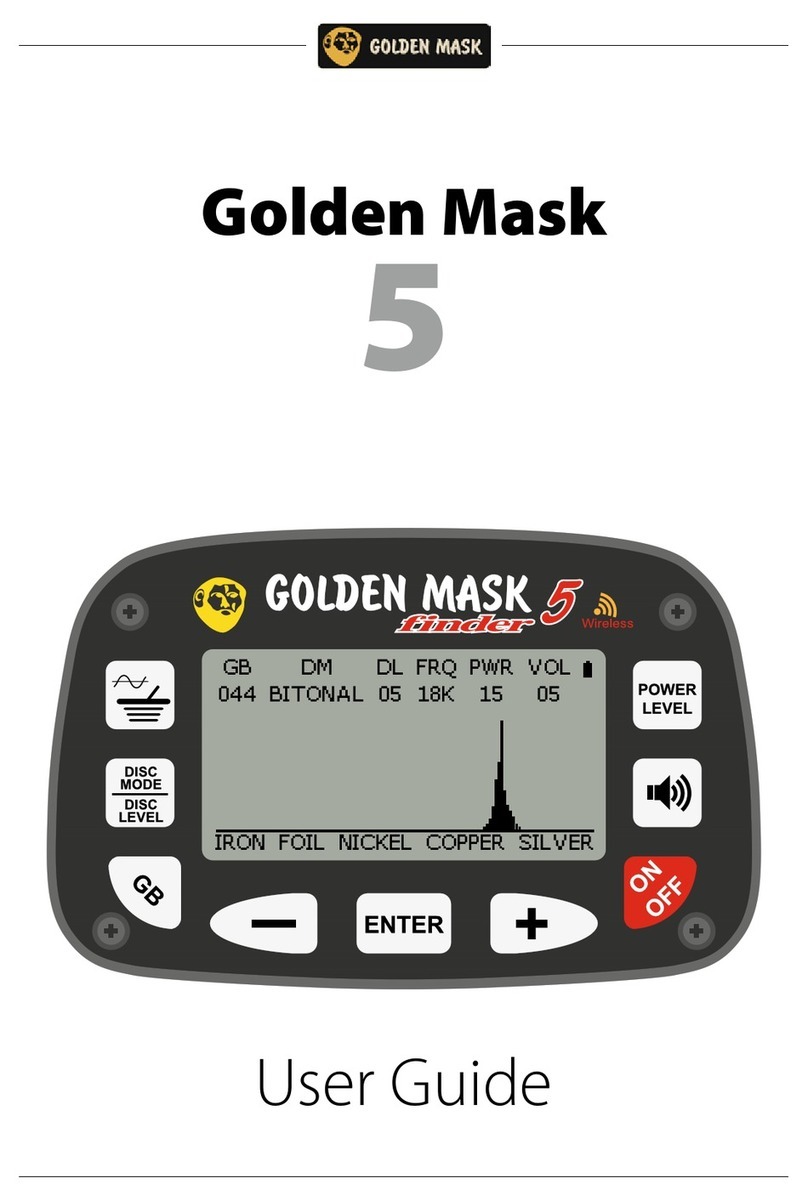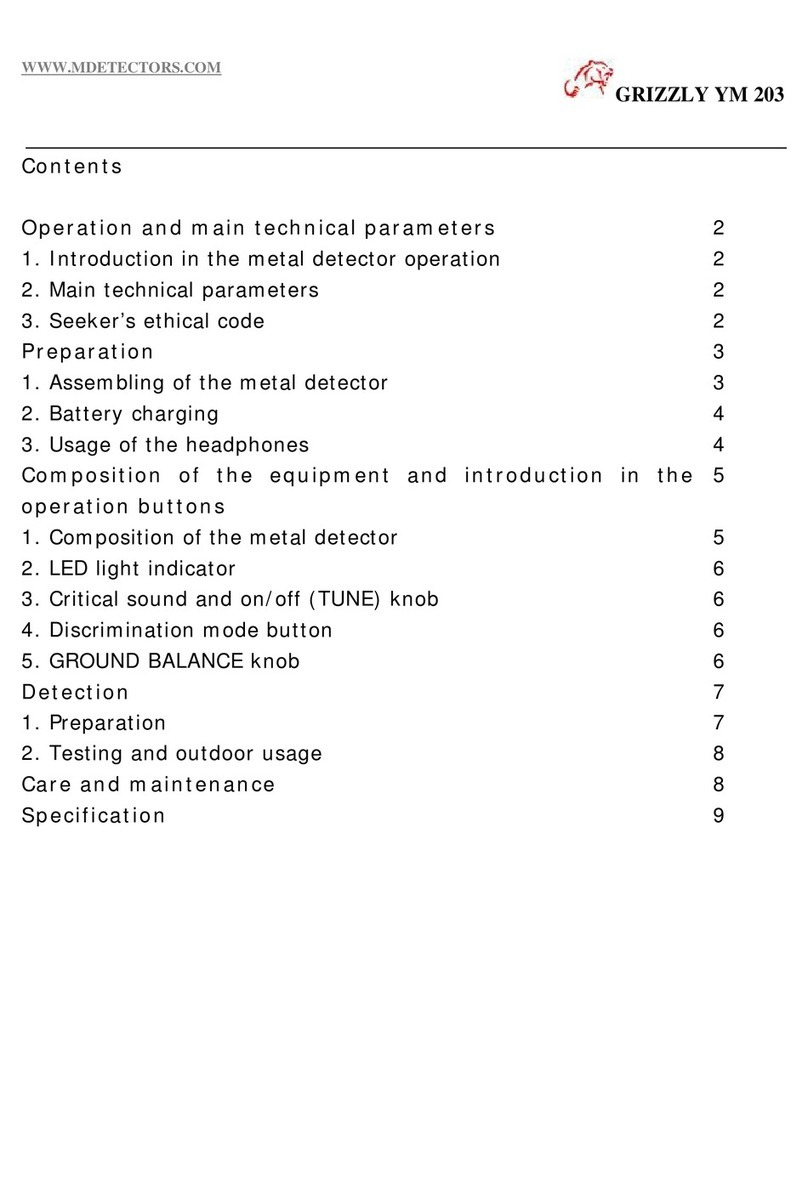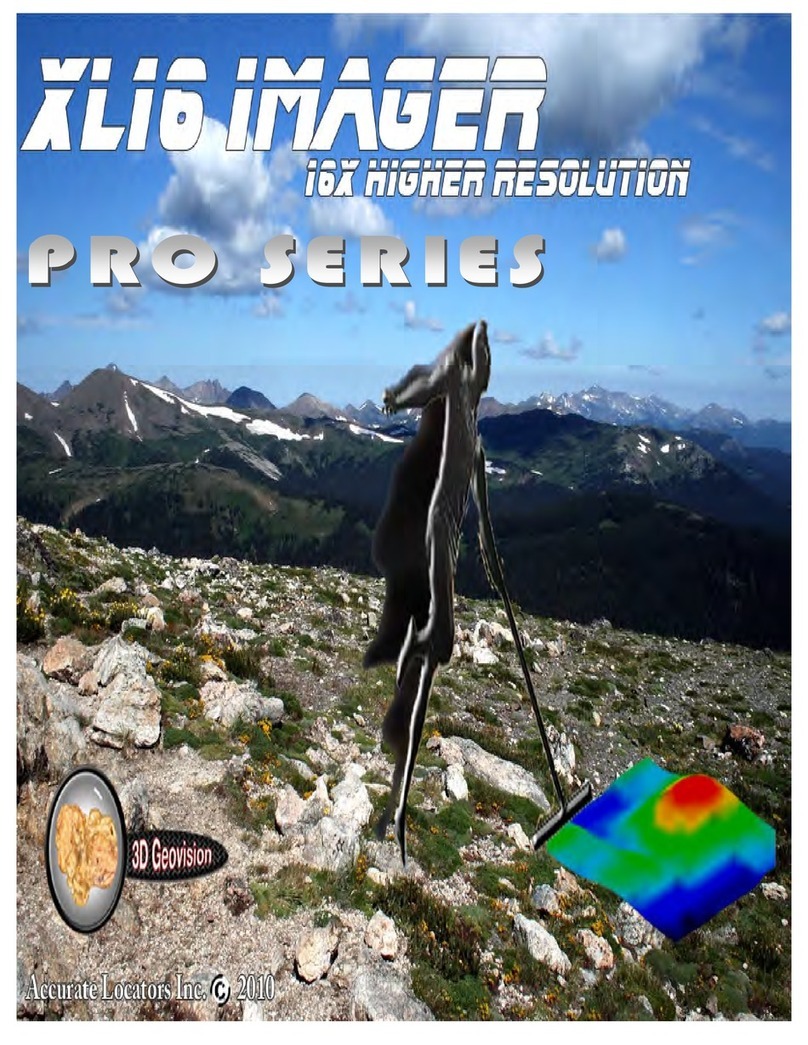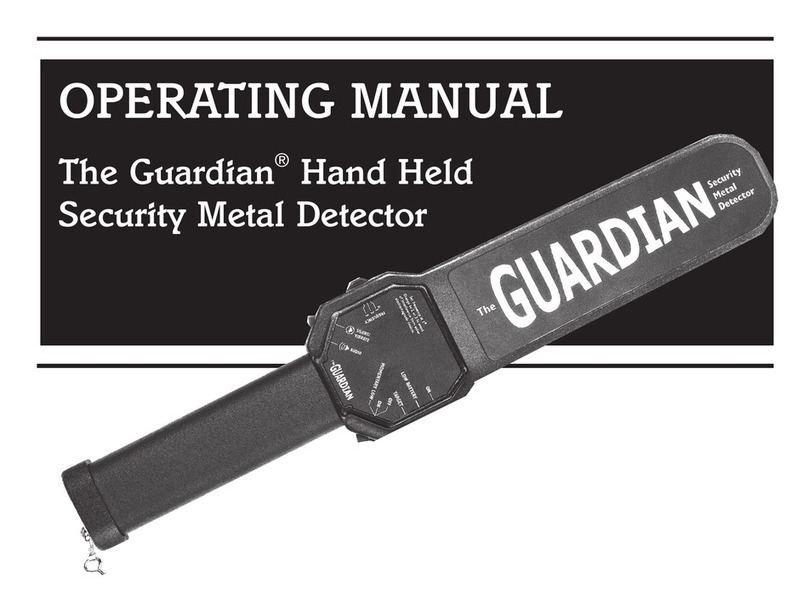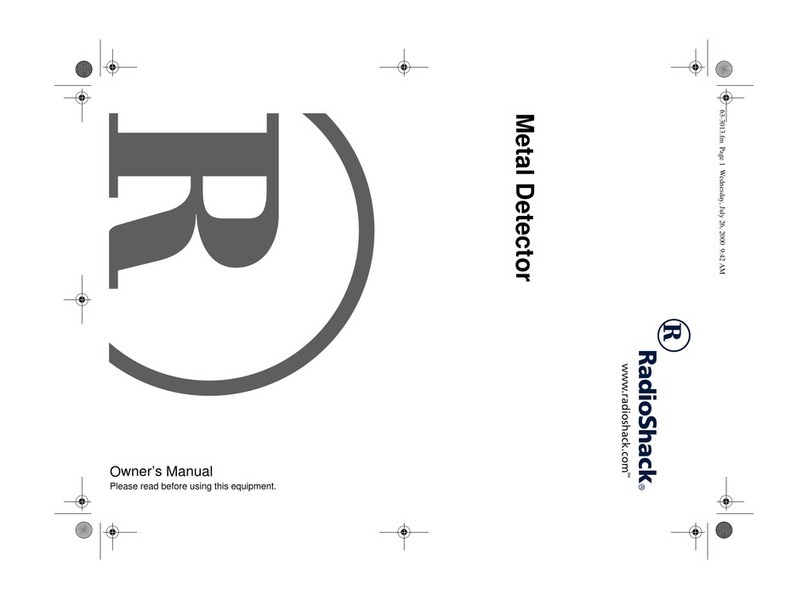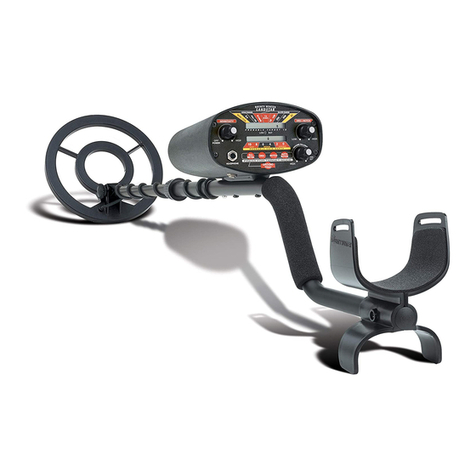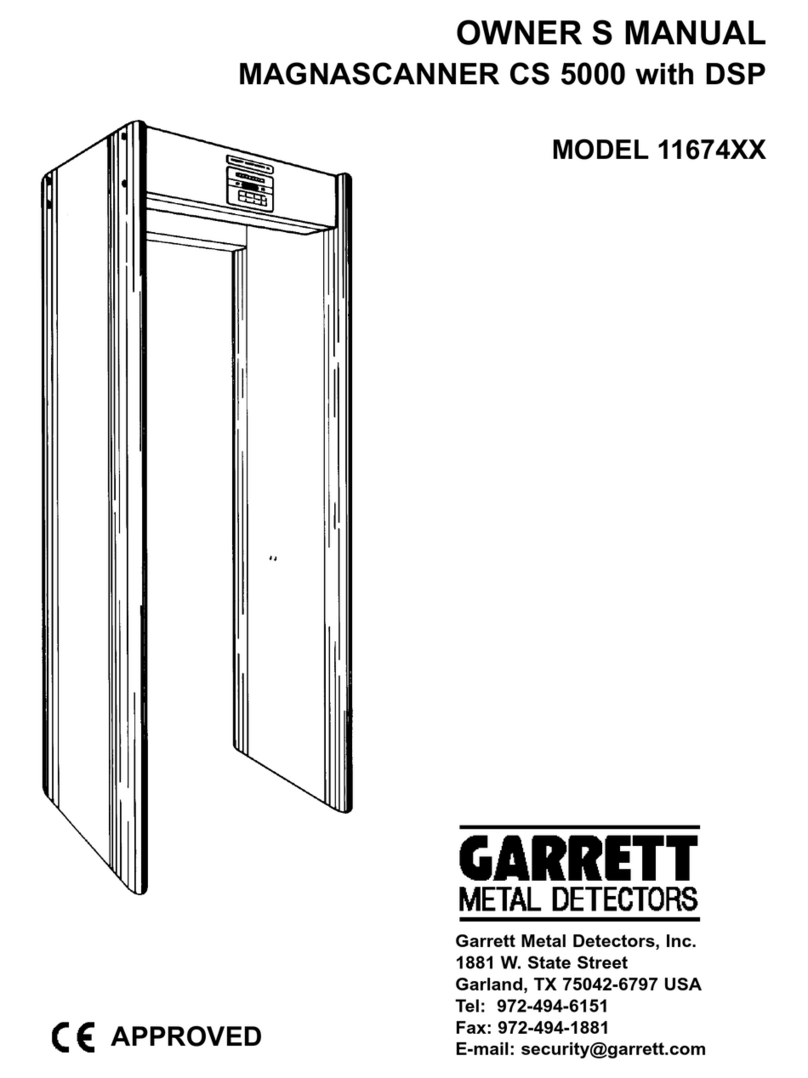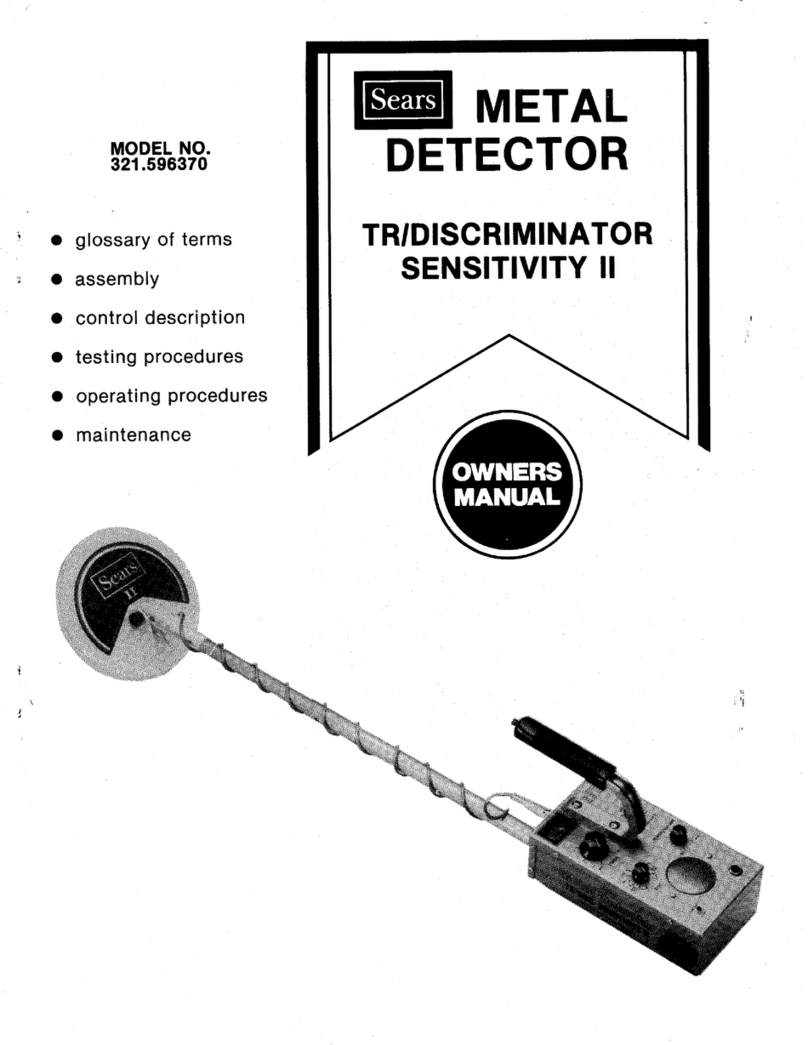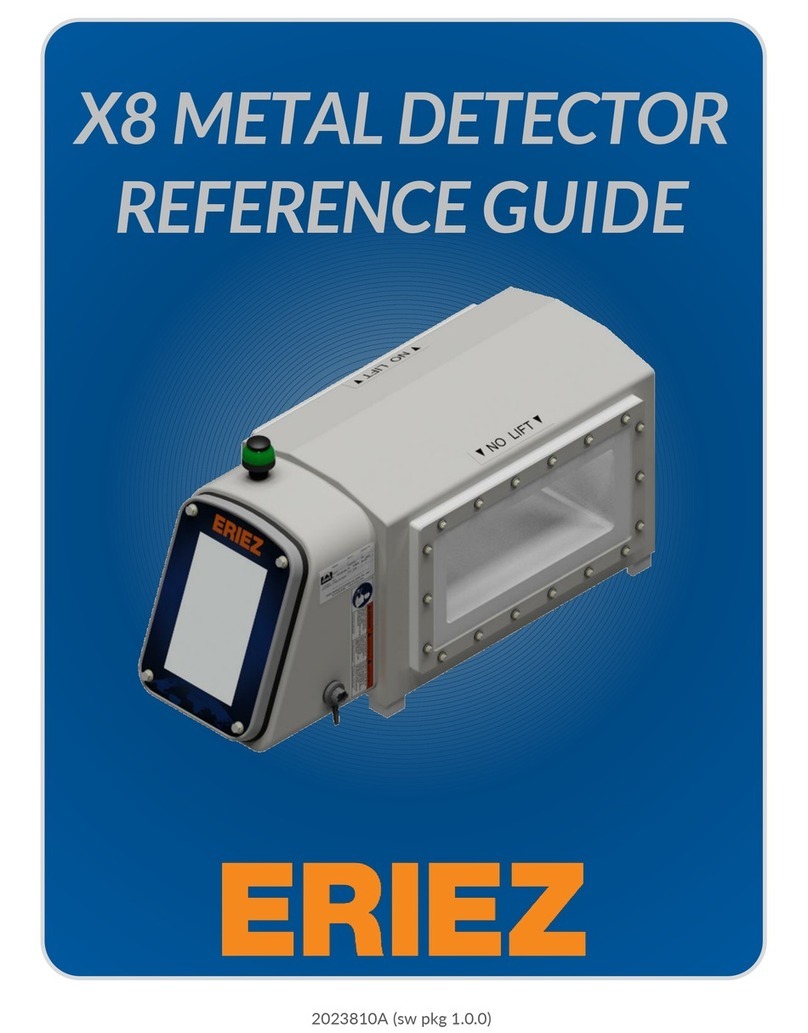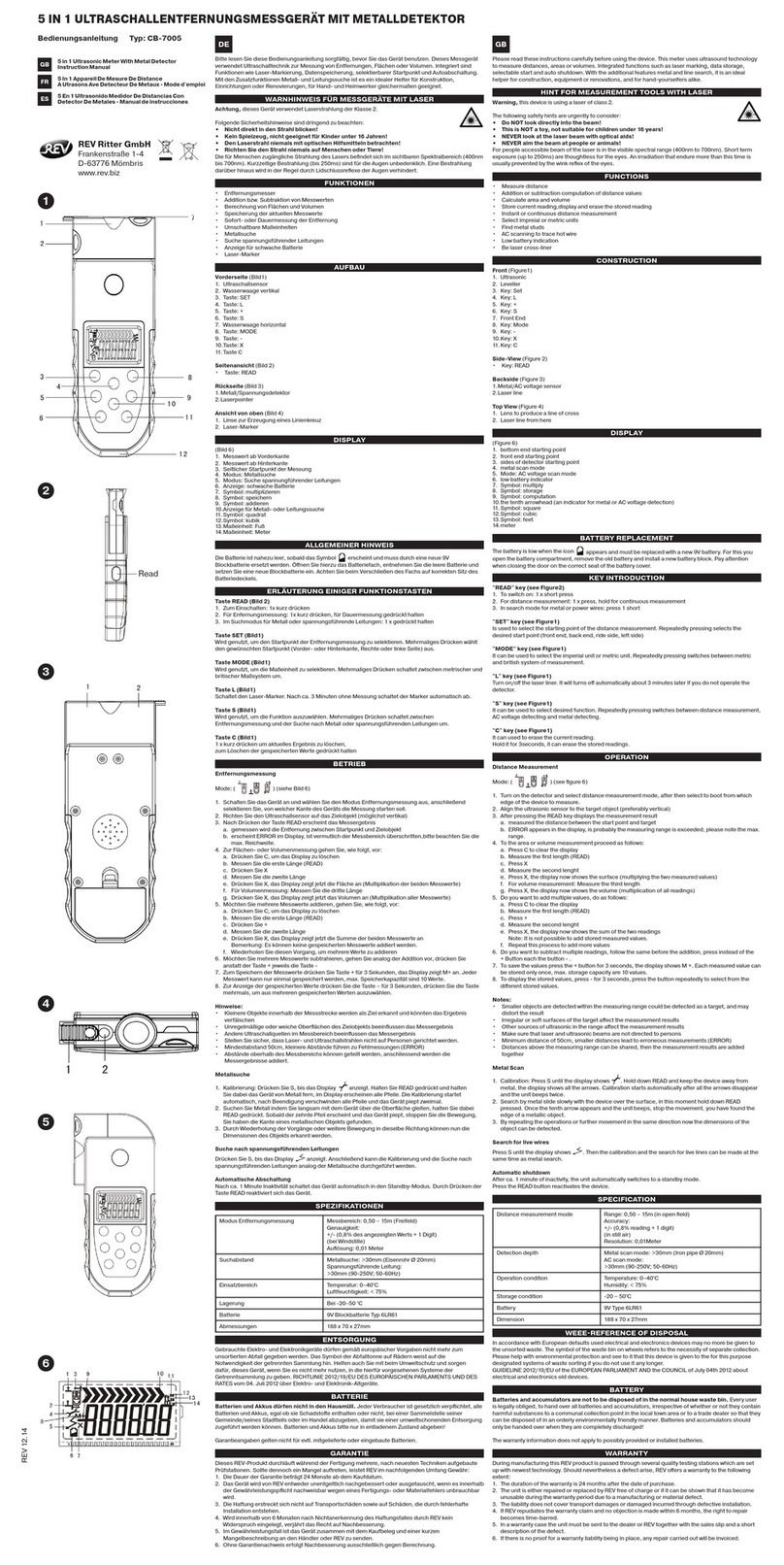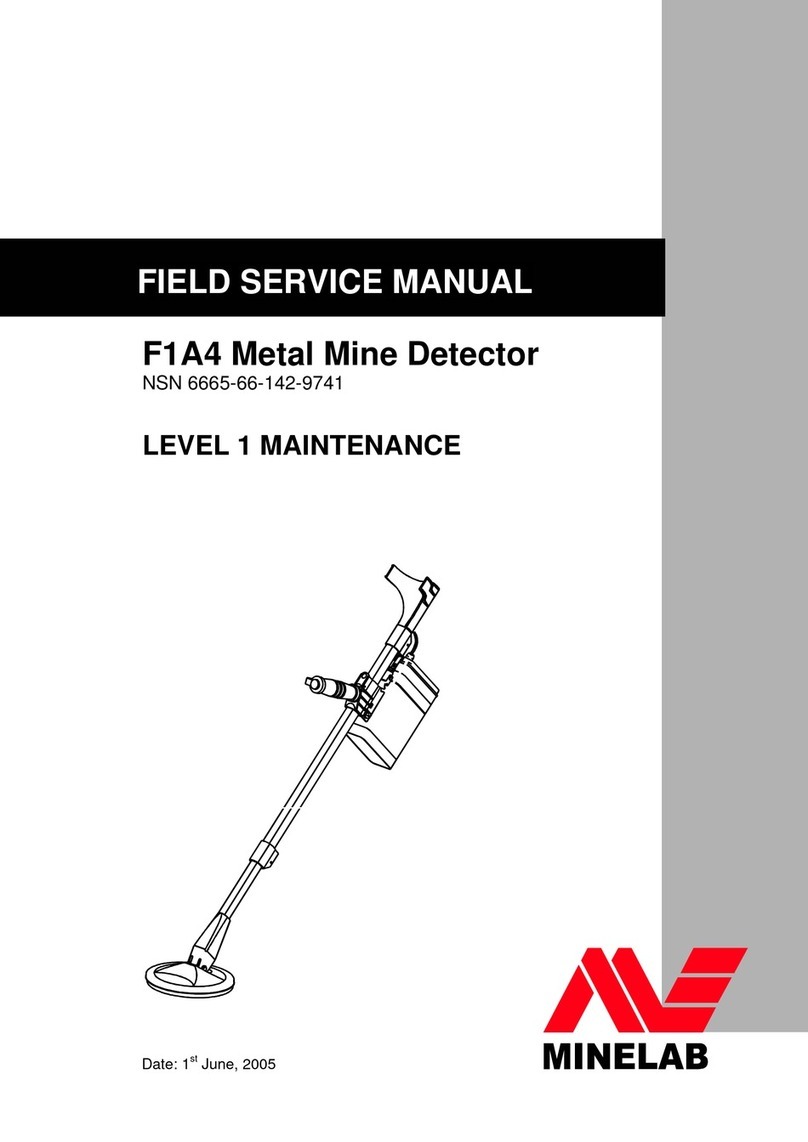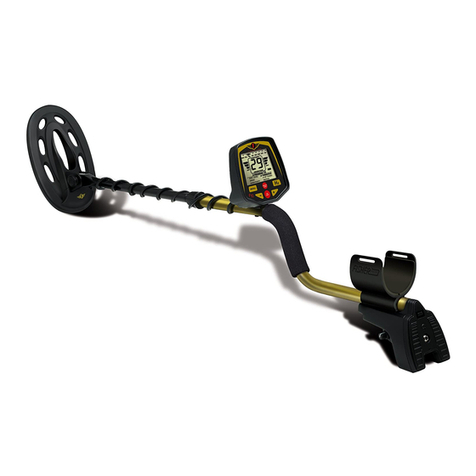
2
FEATURES
With your RadioShack Three-Mode
Discriminator Metal Detector with
Analog Signal-Strength Meter, you
can hunt for coins, jewelry, gold, and
silver, just about anywhere. The
detector is designed to be versatile
and easy to use.
Loaded with features but simple to
operate, the detector lets you locate
and identify all types of metals with
pinpoint accuracy. It can distinguish
between different types of metals
and “tune out” the ones you don’t
want to search for.
The detector’s features include:
Easy-to-Read Viewmeter -- lets
you quickly see the strength of an
indication when the detector finds
metal.
Target Mode Control -- lets you
easily select the detector’s
operation modes.
Waterproof 7-Inch Searchcoil -- lets
you use the searchcoil under water,
and use the detector in just about any
type of weather.
Built-In Speaker -- lets you use the
detector without headphones.
Headphone Jack -- lets you connect
headphones with a 1/4 inch plug (not
supplied) to the detector.
Discrimination and Tone Control --
lets you adjust the detector’s
discrimination and adjust the tone it
sounds. This lets you set the detector so
you can quickly tell when it has found
the type of metal you are searching for,
and automatically ignore junk metal
while you search.
Two-Tone Audio Discrimination --
sounds distinctive tones for different
types of metals, to make target
identification easier.
Low Battery Indicator -- lets you know
when it is time to replace the batteries.
S-Rod Handle with Arm Cup -- lets you
comfortably hold and use the detector
for long periods.
Automatic Tuning and Ground
Balancing -- let you quickly use the
detector without time-consuming
adjustments.
Sensitivity Control -- turns on the
detector and lets you adjust its
sensitivity.
Note: Your metal detector requires two
9-volt alkaline batteries (not included)
for operation.
©1998 Tandy Corporation
All Rights Reserved.
RadioShack is a registered trademark used by Tandy Corporation
